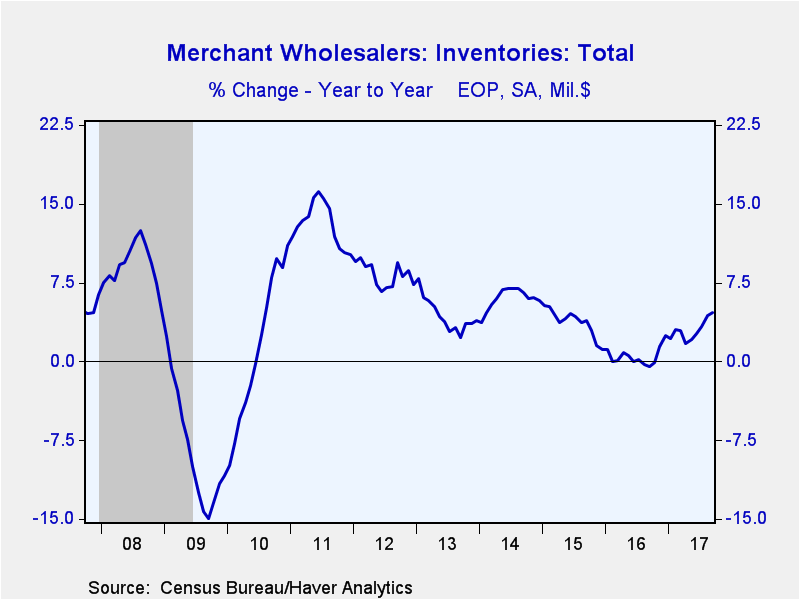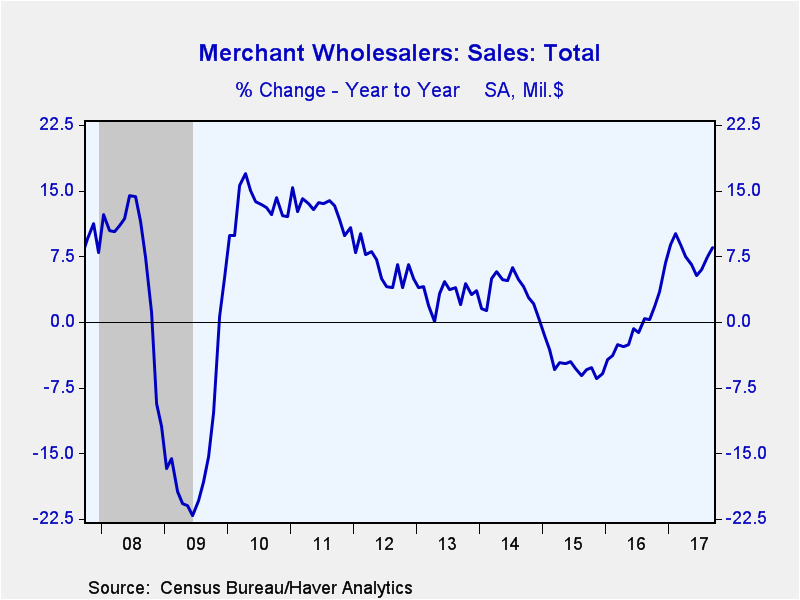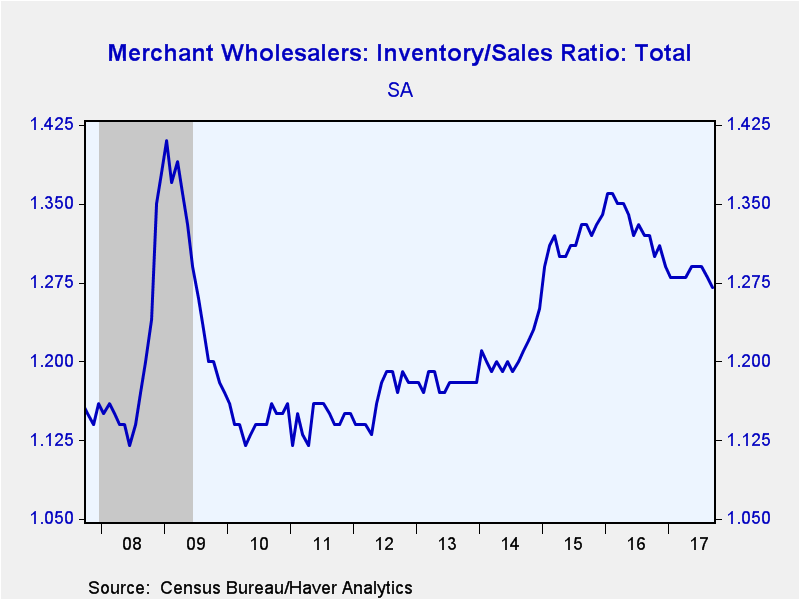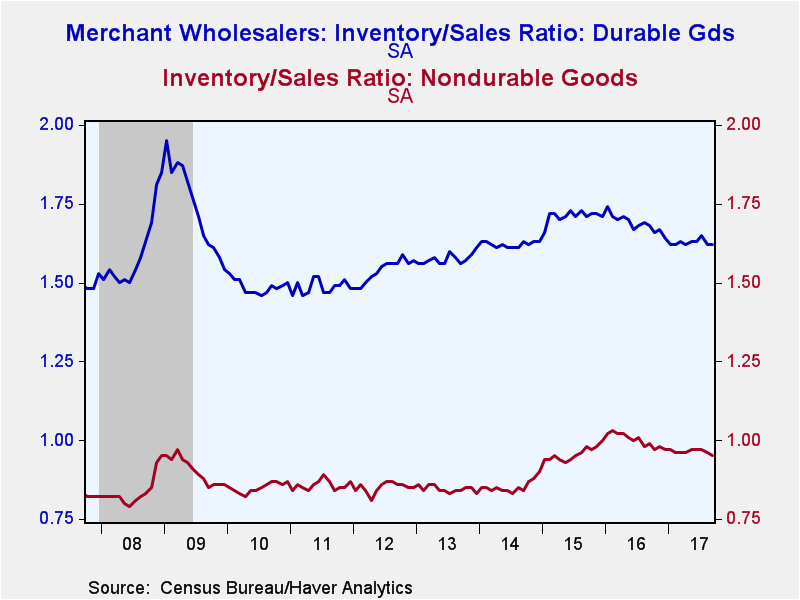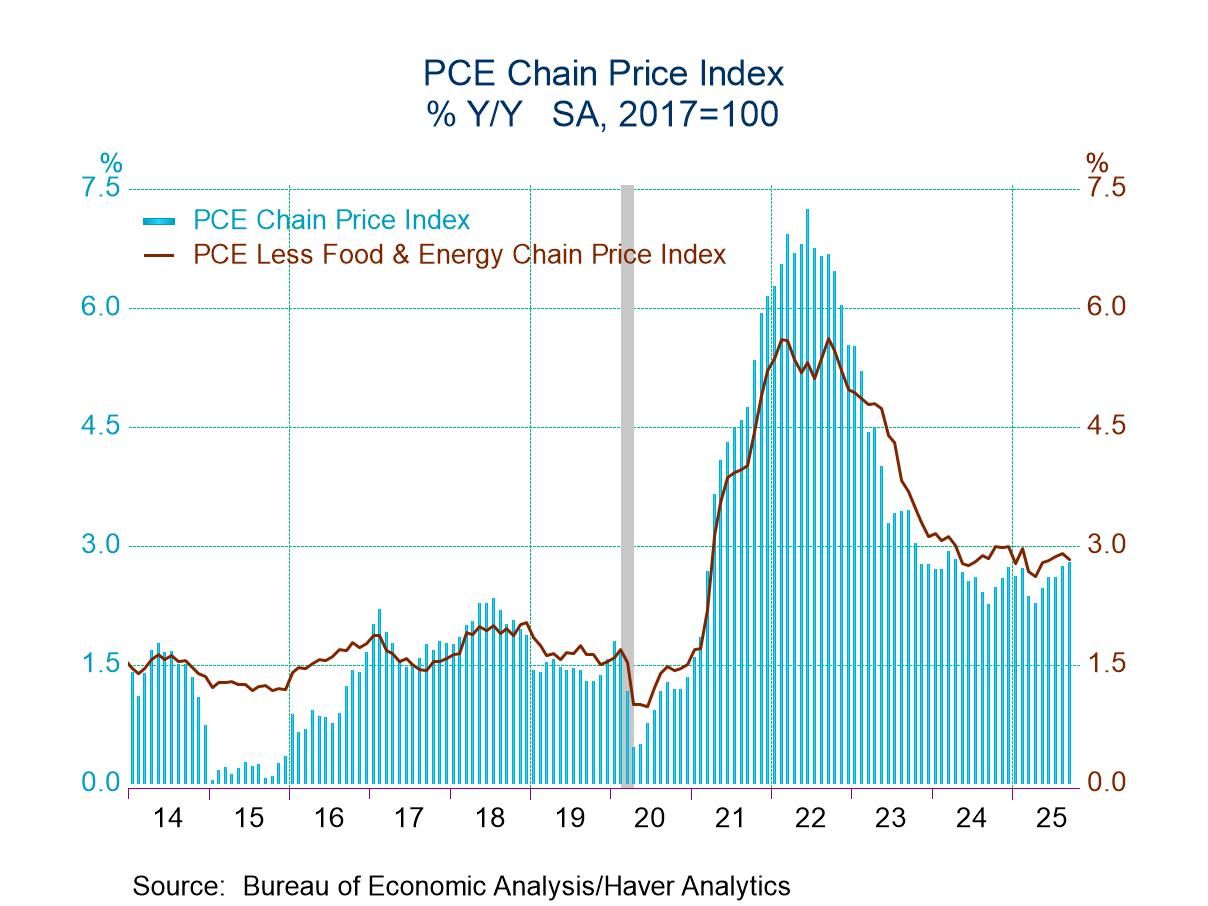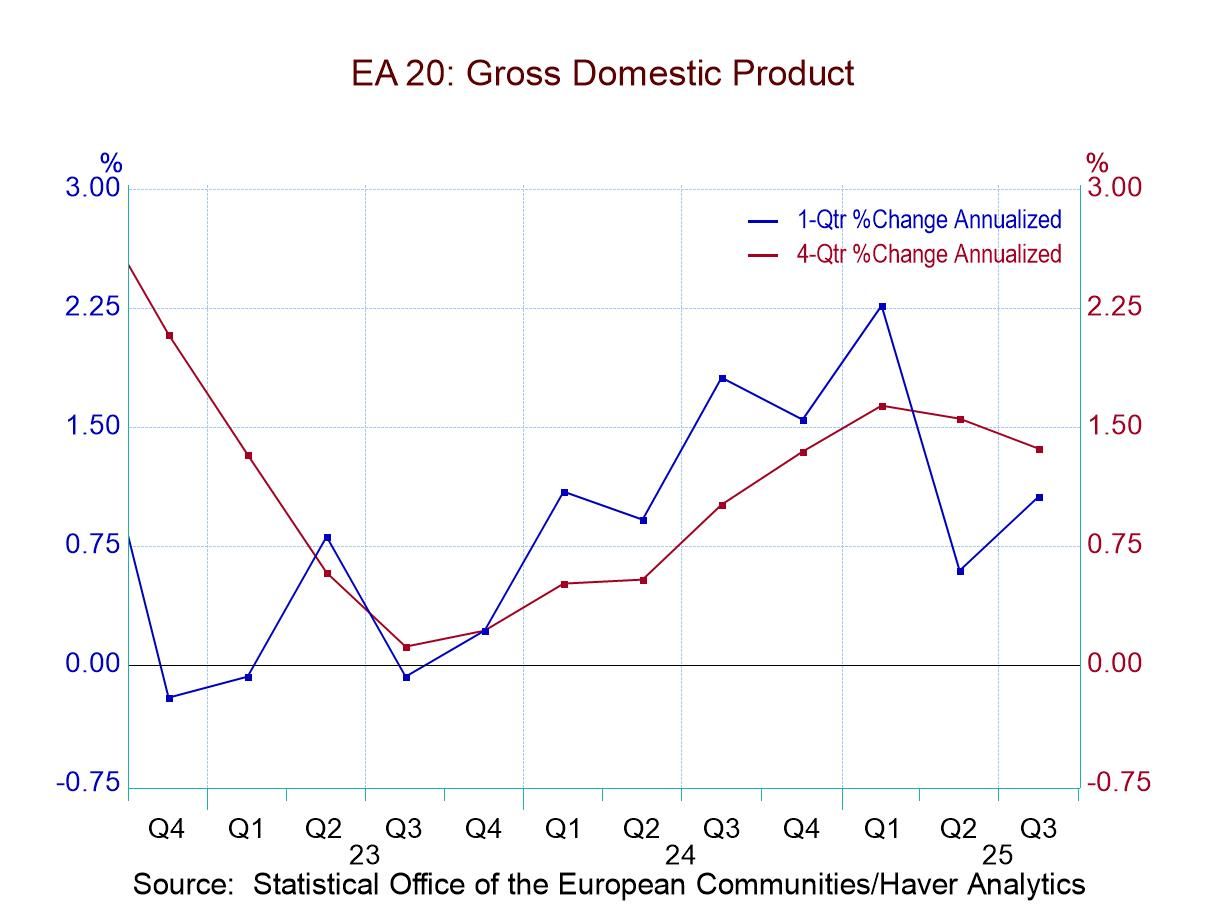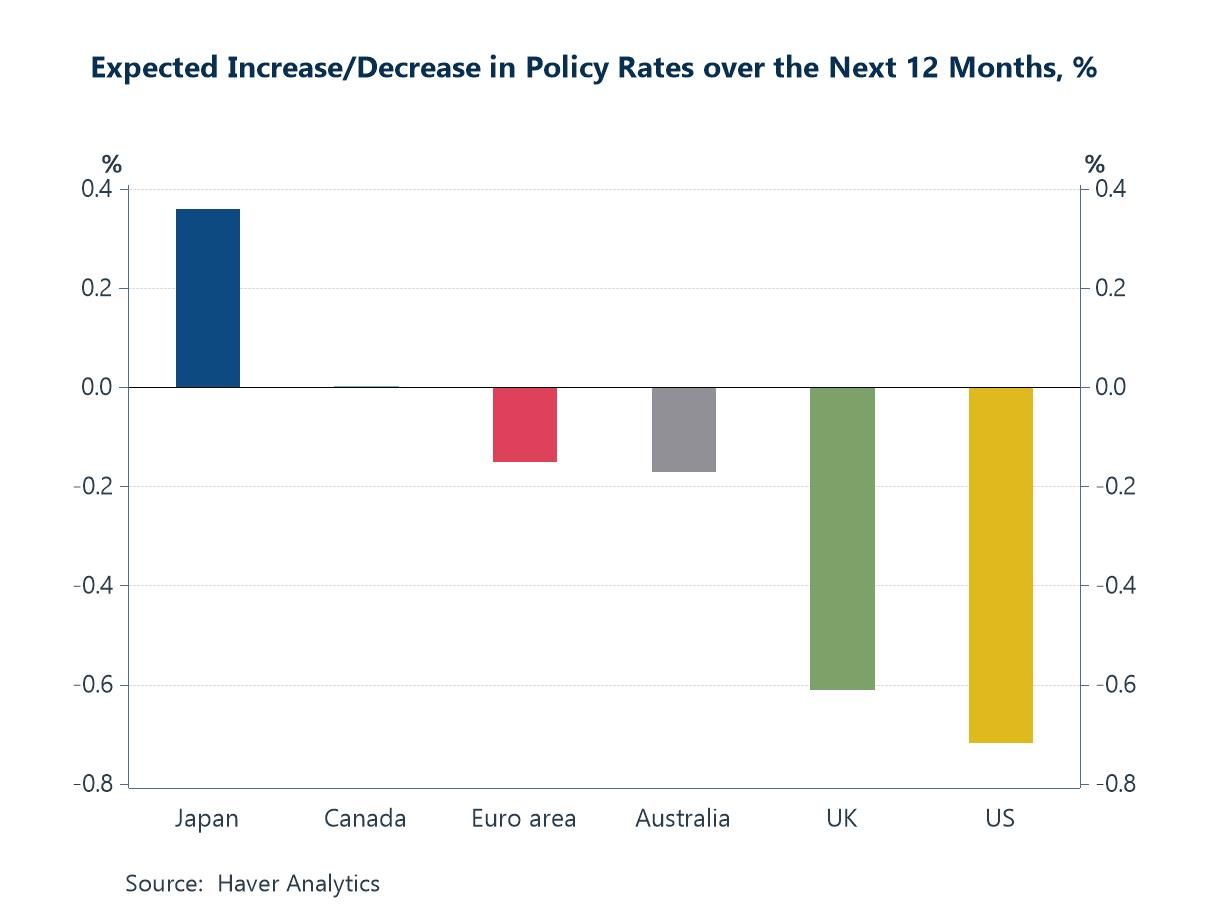 Global| Nov 09 2017
Global| Nov 09 2017U.S. Wholesale Inventories Increase Modestly as Sales Jump
by:Tom Moeller
|in:Economy in Brief
Summary
Inventories at the wholesale level increased 0.3% during September (4.6% y/y) following a 0.8% August gain, revised from 0.9%. During the last three months, inventories have risen at a 7.5% annual rate, up from little change January [...]
Inventories at the wholesale level increased 0.3% during September (4.6% y/y) following a 0.8% August gain, revised from 0.9%. During the last three months, inventories have risen at a 7.5% annual rate, up from little change January through March.
Nondurable goods inventories rose 0.4% (2.9% y/y) paced by a 3.0% increase (4.7% y/y) in inventories of petroleum. Chemical inventories also strengthened 1.1% (3.1% y/y). These gains were accompanied by a 0.2% increase (-5.8% y/y) in apparel inventories and a 0.2% decline (+11.4% y/y) in farm product inventories. Durable goods inventories increased 0.3% (5.7% y/y) reflecting a 1.0% strengthening (11.1% y/y) in electrical equipment inventories. Machinery inventories rose 0.2% (+0.3% y/y). These increases were offset by a 2.5% decline (+7.7% y/y) in computer & related equipment inventories and a 0.3% easing (+7.8% y/y) in automotive inventories.
Sales at the wholesale level increased 1.3% (5.5% y/y), also led by the petroleum sector where sales strengthened 12.6% (29.9% y/y). A 1.0% rise had been expected in the Action Economics Forecast Survey.
Higher oil prices pumped up the gain in nondurable goods sales to 1.8% (4.7% y/y). Chemical sales also were strong showing a 1.7% rise (+5.2% y/y). Elsewhere in the nondurable goods sector, there was weakness. Paper & paper product sales fell 3.8% (-4.9% y/y), the largest of three straight monthly declines. Grocery product sales fell 1.5% (-1.1% y/y) and apparel sales eased 0.2% (-8.2% y/y). Sales of durable goods offset these declines with a 0.7% rise (6.2% y/y). It was led by a 3.4% increase (17.6% y/y) in metals sales and a 1.6% gain (7.6% y/y) in electrical equipment sales. Motor vehicle shipments rose 0.7% (0.0% y/y) while furniture sales declined 0.3% (-5.0% y/y), off for the seventh month this year.
The inventory-to-sales ratio at the wholesale level eased to 1.27, its lowest point since December 2014 and down from a February 2016 high of 1.36.
The I/S ratio in the nondurable goods sector declined to 0.95, down from the 2016 high of 1.03. It as led by a collapse in the petroleum sector where the ratio of 0.36 compared to a 2016 high of 0.54. The apparel I/S ratio fell to 2.04 from the February 2017 high of 2.17. The chemical sector's I/S ratio fell to 1.15 from the 2016 high of 1.26. The I/S ratio in the durable goods sector eased to 1.62 from 1.74 in January 2016. The machinery I/S ratio fell to 2.83 from a 2016 high of 3.16 and the motor vehicle ratio fell to 1.74 from a July 2016 high of 1.89. The electrical equipment I/S ratio eased to 1.00 versus the March 2015 high of 1.07.
The wholesale trade figures are available in Haver's USECON database. The Action Economic Survey results are contained in AS1REPNA.
| Wholesale Sector - NAICS Classification (%) | Sep | Aug | Jul | Sep Y/Y | 2016 | 2015 | 2014 |
|---|---|---|---|---|---|---|---|
| Inventories | 0.3 | 0.8 | 0.6 | 4.6 | 2.6 | 1.1 | 5.8 |
| Sales | 1.3 | 1.9 | 0.0 | 5.5 | -0.4 | -4.9 | 3.6 |
| I/S Ratio | 1.27 | 1.28 | 1.29 | 1.32 (Sep. '16) | 1.33 | 1.32 | 1.21 |
Tom Moeller
AuthorMore in Author Profile »Prior to joining Haver Analytics in 2000, Mr. Moeller worked as the Economist at Chancellor Capital Management from 1985 to 1999. There, he developed comprehensive economic forecasts and interpreted economic data for equity and fixed income portfolio managers. Also at Chancellor, Mr. Moeller worked as an equity analyst and was responsible for researching and rating companies in the economically sensitive automobile and housing industries for investment in Chancellor’s equity portfolio. Prior to joining Chancellor, Mr. Moeller was an Economist at Citibank from 1979 to 1984. He also analyzed pricing behavior in the metals industry for the Council on Wage and Price Stability in Washington, D.C. In 1999, Mr. Moeller received the award for most accurate forecast from the Forecasters' Club of New York. From 1990 to 1992 he was President of the New York Association for Business Economists. Mr. Moeller earned an M.B.A. in Finance from Fordham University, where he graduated in 1987. He holds a Bachelor of Arts in Economics from George Washington University.


